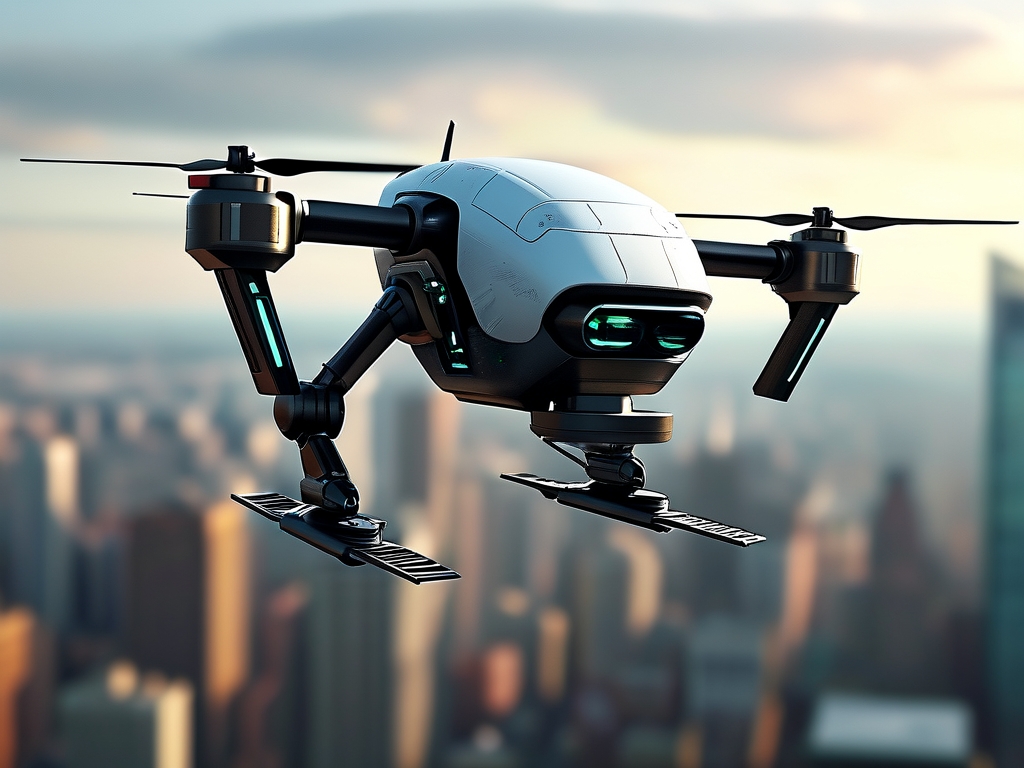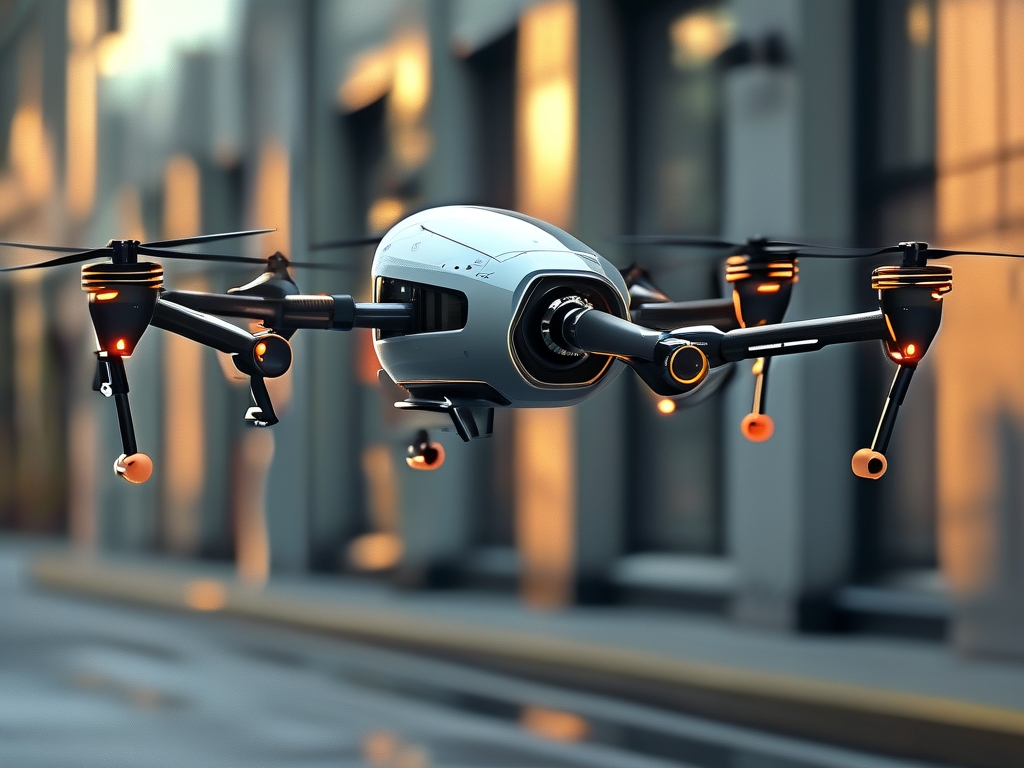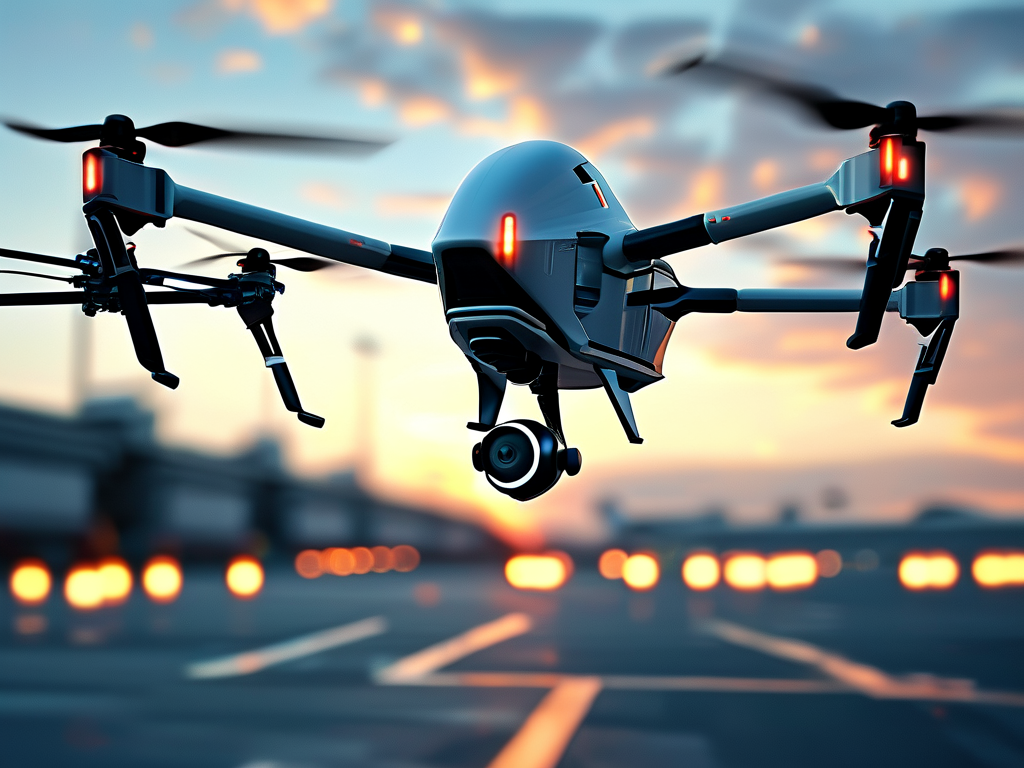The 21st century has witnessed unprecedented advancements in robotics, with aerial systems emerging as one of the most transformative innovations. Aerial robotics technology, encompassing drones, unmanned aerial vehicles (UAVs), and autonomous flying systems, is redefining industries ranging from logistics to environmental conservation. This article explores the cutting-edge developments in this field, their real-world applications, and the challenges that lie ahead.

The Evolution of Aerial Robotics
Aerial robotics has evolved from rudimentary remote-controlled aircraft to sophisticated AI-powered systems. Early drones were limited to military surveillance, but breakthroughs in miniaturization, battery efficiency, and machine learning have democratized their use. Modern aerial robots now integrate technologies such as:
- AI and Computer Vision: Autonomous navigation through obstacle detection and real-time decision-making.
- Swarm Intelligence: Coordinated fleets of drones working in unison for tasks like search-and-rescue operations.
- Advanced Propulsion Systems: Hybrid energy solutions and silent rotors for eco-friendly operations.
Transformative Applications
1. Logistics and Delivery
Companies like Amazon and Zipline are pioneering drone delivery systems. In rural Africa, Zipline’s medical drones transport blood samples and vaccines to remote clinics, reducing delivery times from days to hours. Meanwhile, urban centers are experimenting with last-mile parcel delivery to ease traffic congestion.
2. Agriculture and Environmental Monitoring
Aerial robots equipped with multispectral sensors monitor crop health, optimize irrigation, and detect pest infestations. In forestry, drones map deforestation and track wildlife populations. For instance, conservationists in Brazil use UAVs to combat illegal logging in the Amazon.

3. Disaster Response
During natural disasters, aerial robots provide critical situational awareness. After Hurricane Maria in Puerto Rico, drones mapped debris-blocked roads and located survivors. Thermal imaging cameras enable night-time rescue missions, while payload-dropping drones deliver emergency supplies.
4. Infrastructure Inspection
Inspecting power lines, wind turbines, and bridges traditionally requires risky human intervention. Aerial robots now perform these tasks with precision. Equipped with LiDAR and 4K cameras, they identify structural flaws and transmit data to engineers in real time.
Technological Breakthroughs Driving Innovation
AI-Powered Autonomy
Modern UAVs leverage deep learning algorithms to interpret visual data and adapt to dynamic environments. For example, Skydio’s drones autonomously follow subjects while avoiding obstacles—a feat made possible by neural networks trained on millions of simulated scenarios.
Energy Efficiency
Lithium-sulfur batteries and hydrogen fuel cells are extending flight times. The Quantum-Scanner X1, a solar-assisted drone, can remain airborne for 14 hours, making it ideal for prolonged surveillance missions.
Human-Robot Collaboration
Researchers are developing interfaces where humans and drones work synergistically. Firefighters in Tokyo use gesture-controlled drones to assess burning buildings, receiving thermal feedback through AR headsets.
Challenges and Ethical Considerations
Despite its potential, aerial robotics faces hurdles:
- Regulatory Frameworks: Airspace management and privacy laws lag behind technological progress. The FAA’s BVLOS (Beyond Visual Line of Sight) regulations, for instance, limit commercial drone operations.
- Security Risks: Drones are vulnerable to hacking, raising concerns about unauthorized surveillance or payload theft.
- Public Perception: Noise pollution and fears of job displacement in sectors like delivery services fuel resistance.
The Future Horizon
The next decade will see aerial robots become smaller, smarter, and more integrated into daily life. Key trends include:
- 5G-Enabled Drones: Ultra-low latency communication for real-time data processing.
- Biomimetic Designs: Drones mimicking birds and insects for stealth and agility.
- Quantum Navigation Systems: GPS-independent positioning for operation in hostile environments.
Innovative aerial robotics technology is not merely an engineering marvel—it’s a catalyst for global progress. From saving lives in disasters to revolutionizing supply chains, these flying machines exemplify humanity’s capacity to innovate. However, balancing technological ambition with ethical responsibility will determine whether we soar to new heights or falter under the weight of unintended consequences. As we navigate this airspace revolution, collaboration between policymakers, technologists, and communities will be paramount.



